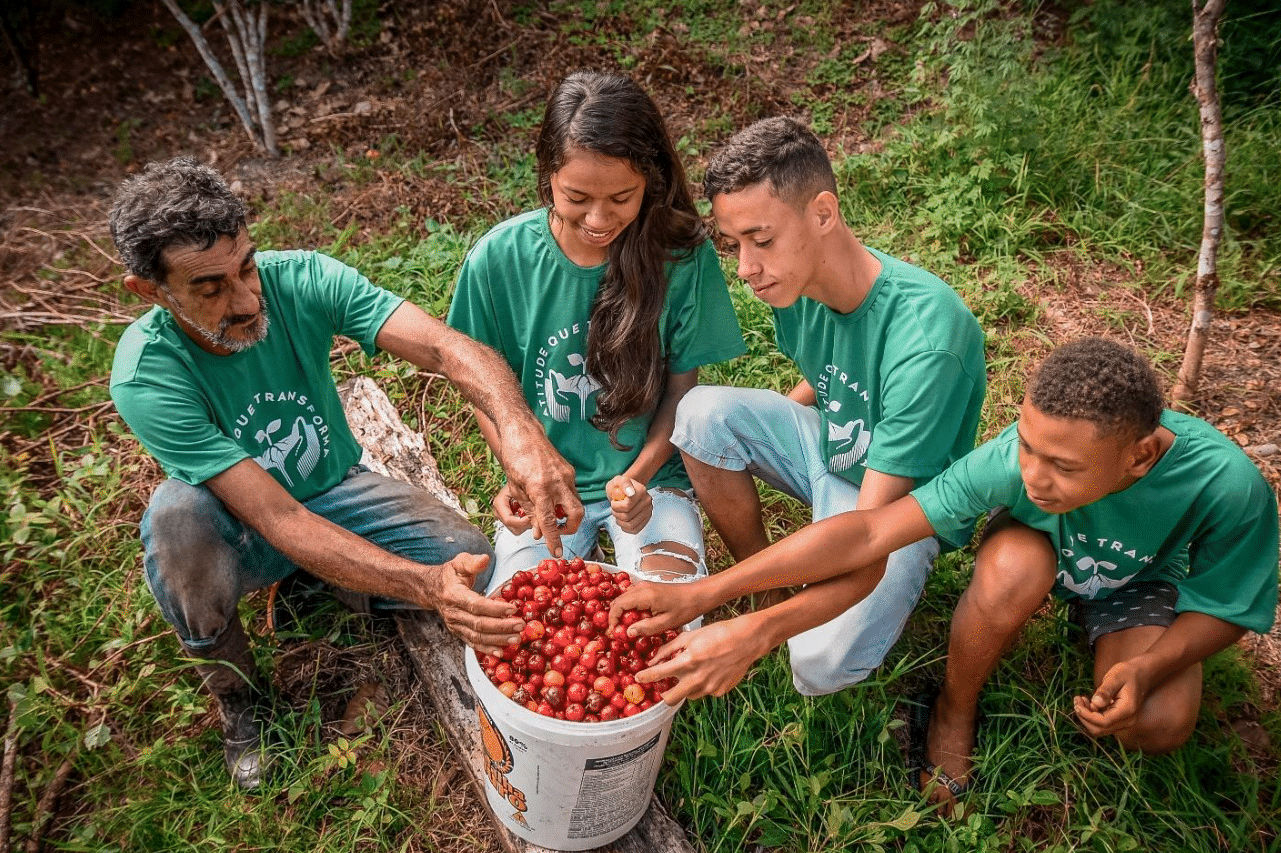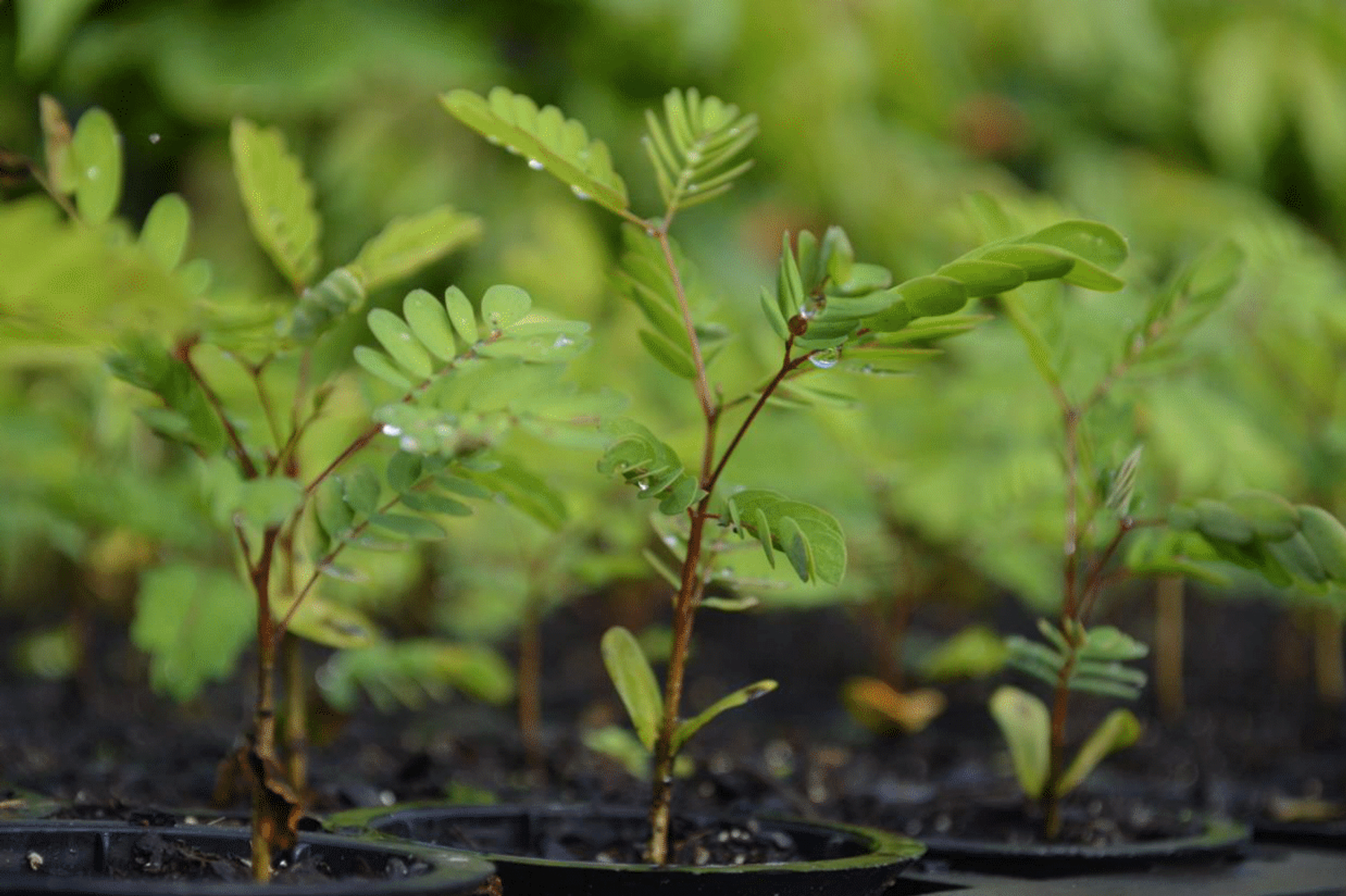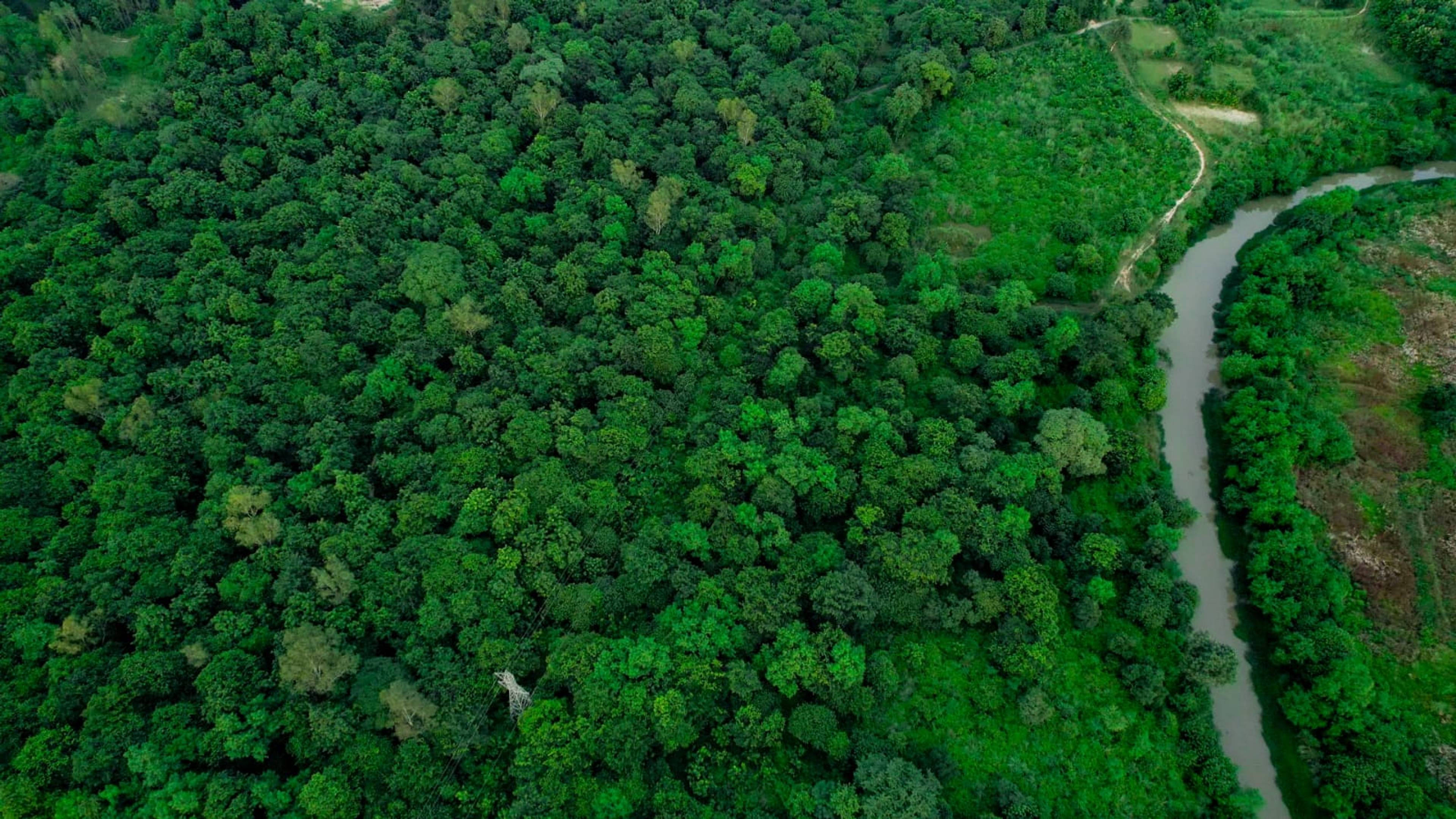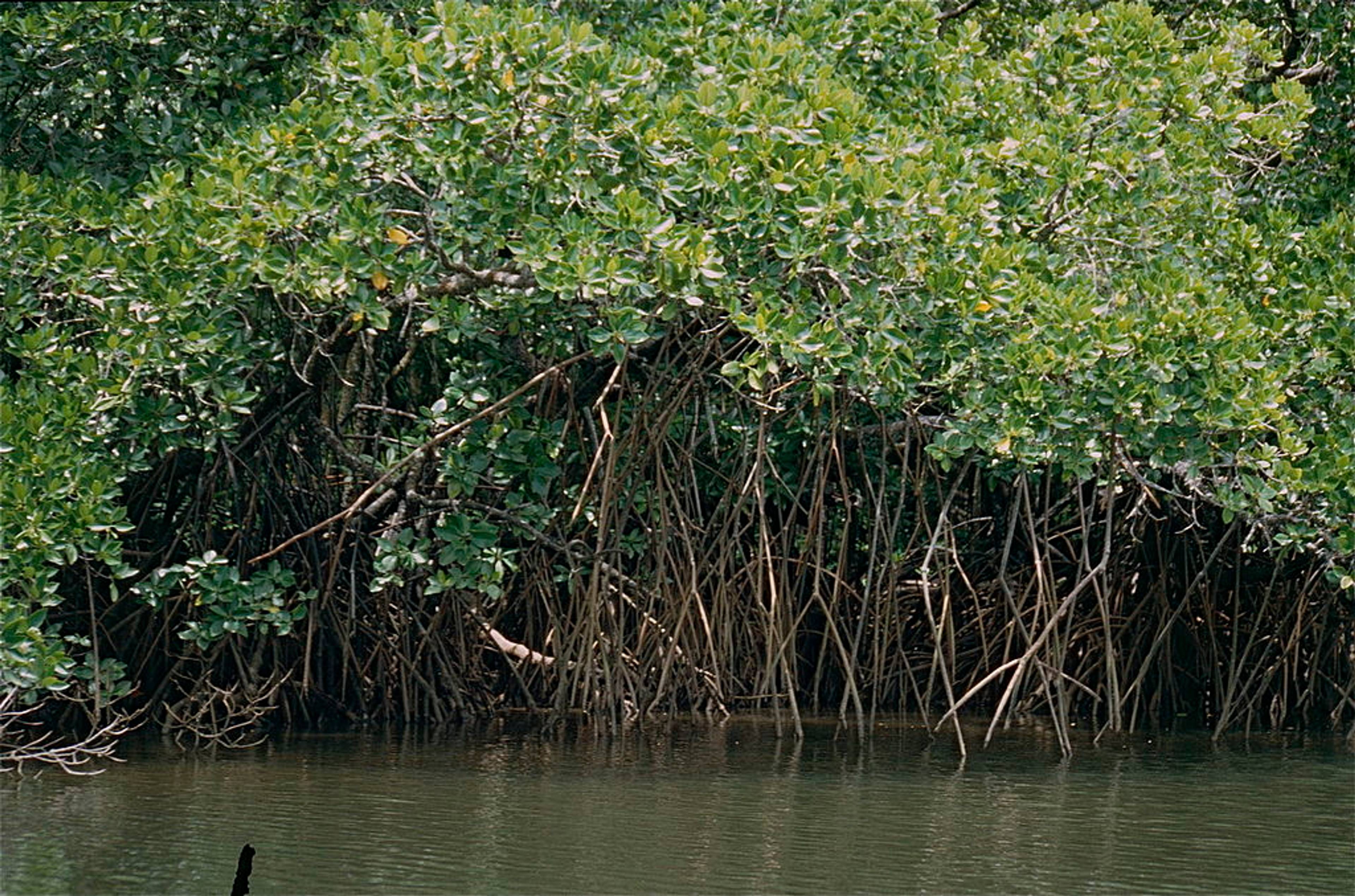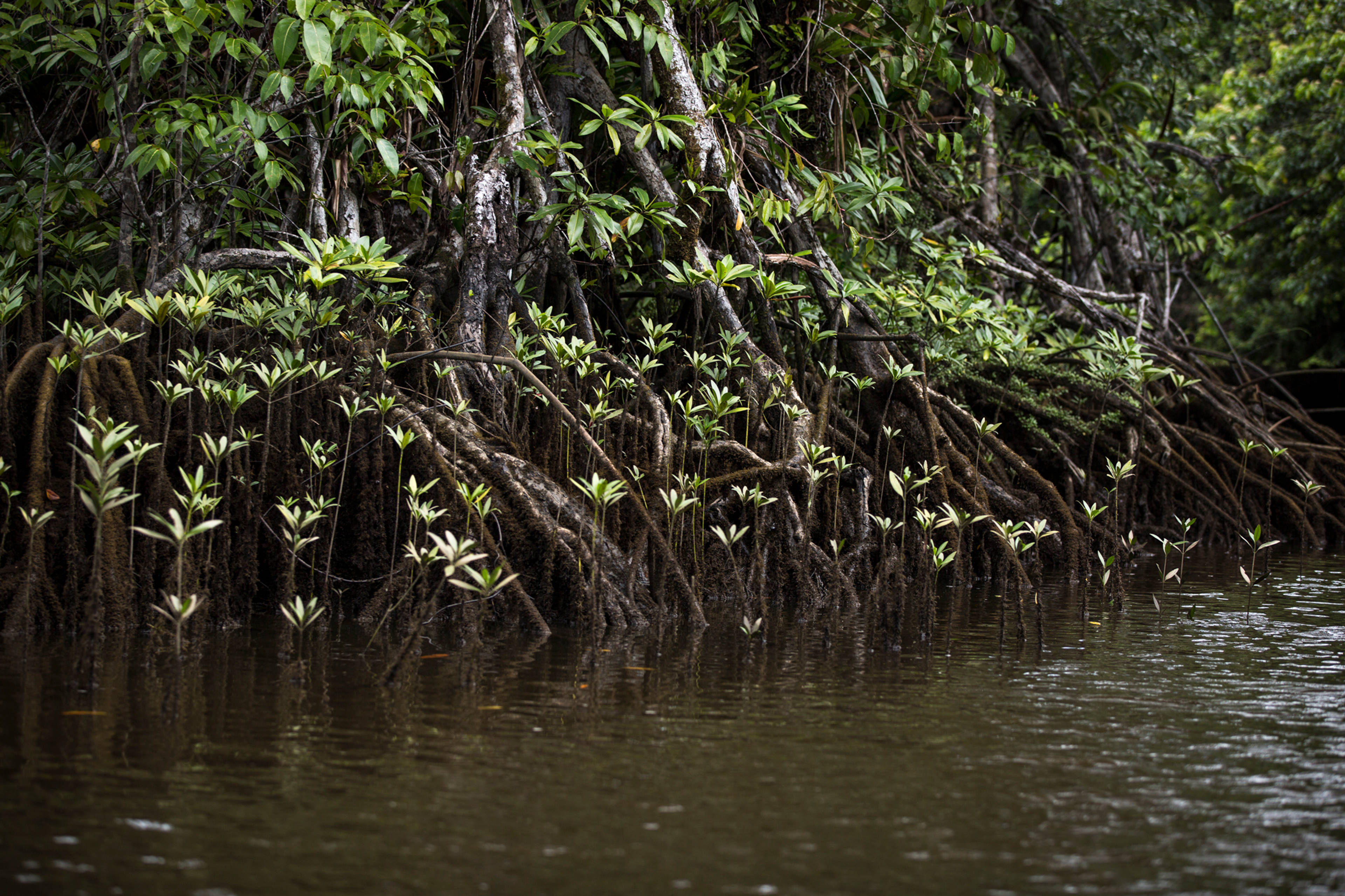Enabling farmers to reforest their properties and restore the native landscape
The Pratigi Environmental Protection Area (EPA) was established in April 1998 by The Land Conservation Organization of Southern Bahia (OCT), which has been active in the region for over ten years. Financial resources have been provided over the years by various sponsors, partners, and funds of OTC. In 2021, OCT partnered with BRCarbon to handle field work and forest inventory report preparation so that OTC could focus on implementation and management. BRCarbon's mission is to promote reforestation and contribute to climate change mitigation, using financial resources from the carbon market to scale up its activities.
This is a "Grouped Project," meaning it is made up of a collection of properties owned by smallholder farmers and allows for project expansions over time. The ultimate goal is to increase community awareness and expand restoration to more properties through a new economy that values environmental assets. The project area is primarily comprised of small farms with an average land size of 15 hectares. These farmers receive regular payments based on the amount of carbon sequestered on their land and the duration they commit their land to the project. Different restoration methods are used depending on the original vegetation characteristics and current land use.
Small landowners participating in this grouped project will receive 30% of the carbon revenues on an ongoing basis.
2,500
plants per hectare
1,572
tCO2e sequestered per ha per year
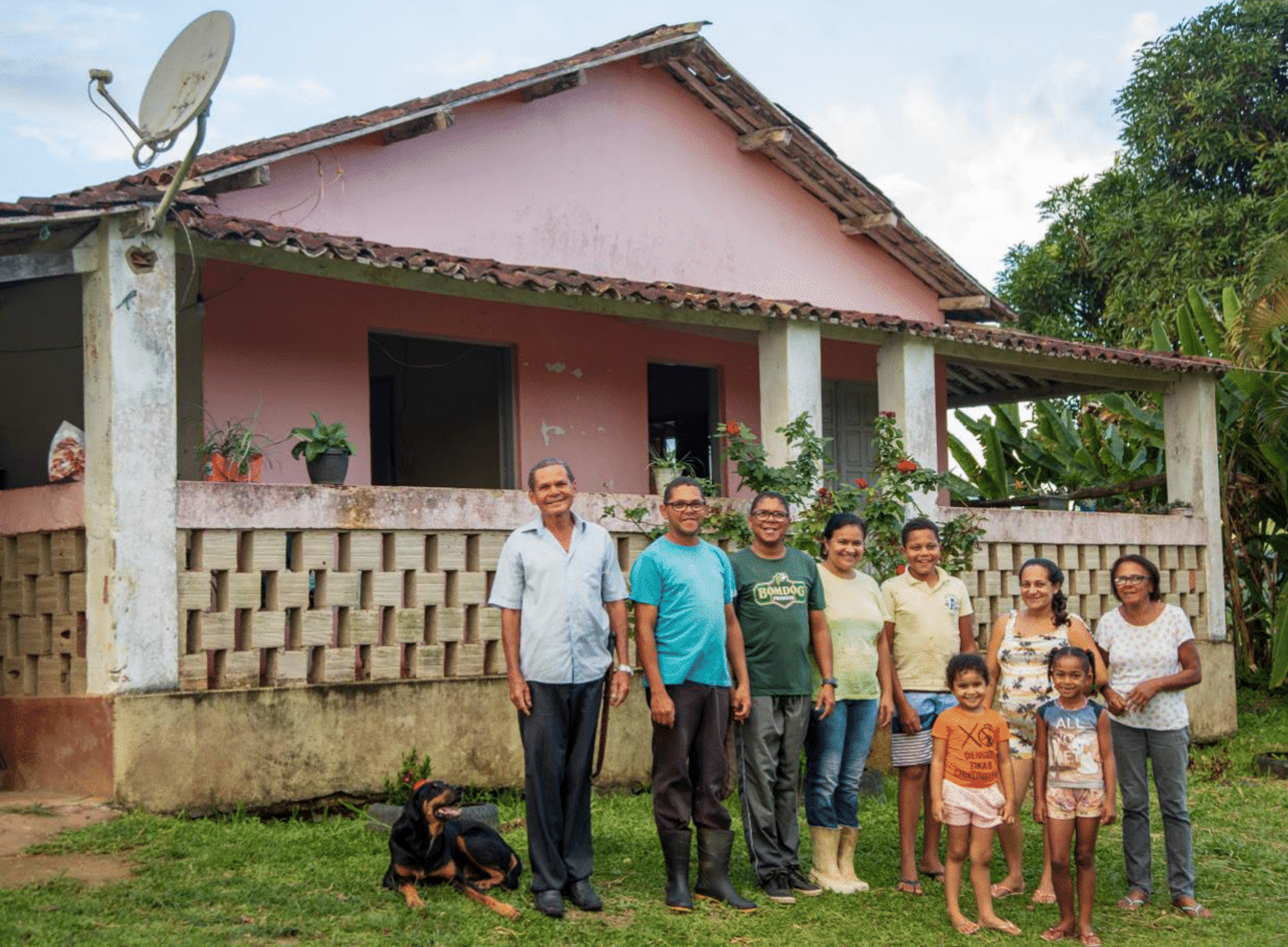
A small landowner family participating in the Pratigi project.


